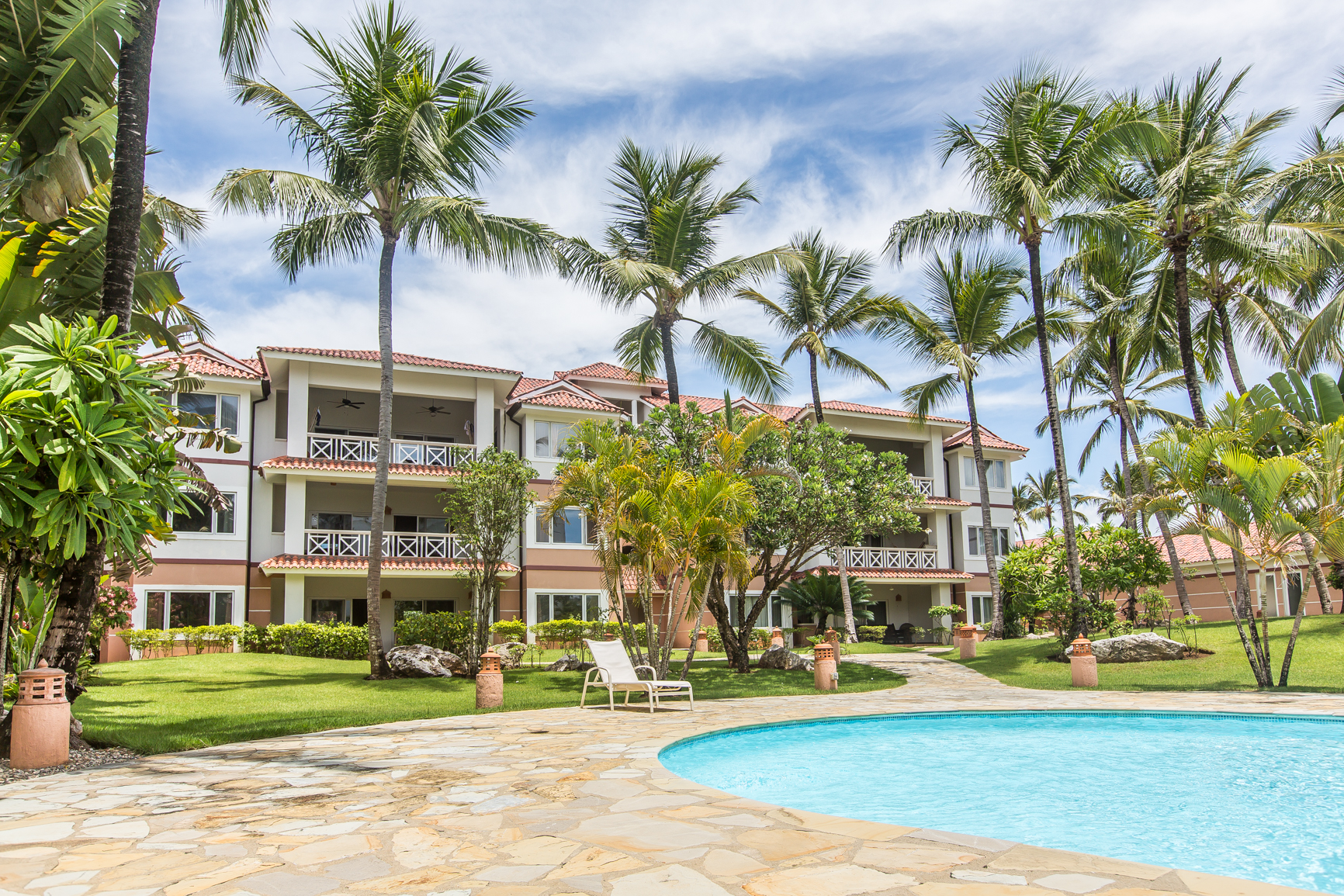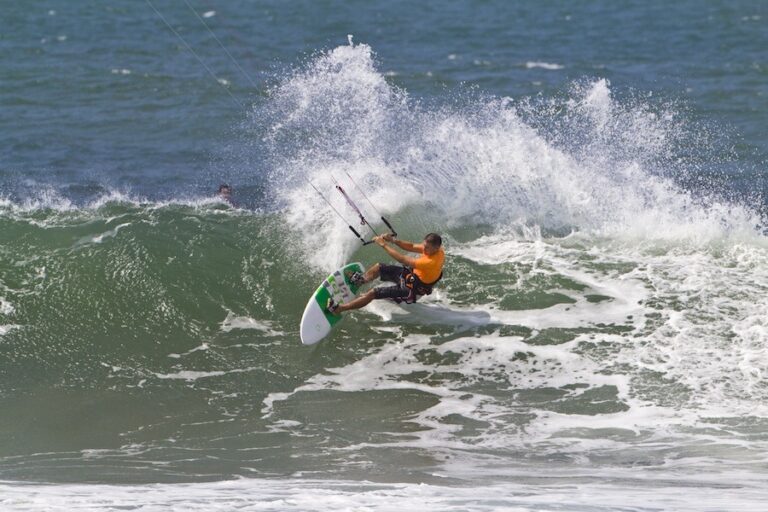The Dominican Republic is a country located on the eastern side of the Caribbean island of Hispaniola, which it shares with Haiti. The country has a rich and complex history that has shaped its culture, economy, and political landscape.
The Dominican Republic is the second-largest Caribbean country after Cuba, with a population of over 10 million people. Santo Domingo, the country’s capital, is the largest city in the Dominican Republic and one of the oldest cities in the Americas.
History The history of the Dominican Republic is long and complex, with influences from Spanish colonization, African slavery, and Haitian occupation. The Spanish colonized the country in the late 15th century, and the Dominican Republic remained a Spanish colony for over three centuries. During this time, the Spanish established a plantation-based economy, which relied heavily on the labor of enslaved Africans. This legacy of slavery and exploitation would continue to shape the Dominican Republic’s social and economic structures long after the end of Spanish rule.
In the early 19th century, the Spanish colony of Santo Domingo declared independence from Spain. However, this independence was short-lived, as Haiti invaded and occupied the country for over 20 years. In 1844, a group of Dominican nationalists launched a successful rebellion against the Haitian occupation, which led to the establishment of the Dominican Republic as an independent country. The country has since experienced political instability, economic challenges, and social tensions, but has also made significant progress in many areas.
Culture The Dominican Republic has a rich and diverse culture, influenced by the country’s history and the contributions of different ethnic groups. The country’s music and dance, including merengue and bachata, are famous worldwide and are an essential part of the country’s cultural identity. The Dominican Republic is also known for its art, literature, and cuisine, which blends African, Spanish, and Indigenous influences.
Economy The Dominican Republic has the largest economy in the Caribbean and Central American region and is a middle-income country. The country’s economy is driven by several sectors, including tourism, manufacturing, and agriculture. The tourism industry is a significant contributor to the country’s economy, with millions of visitors coming to the Dominican Republic each year to enjoy its beaches, cultural attractions, and natural beauty.
Politics The Dominican Republic is a democratic country with a presidential system of government. The country’s political landscape has been marked by instability and corruption, with frequent changes of government and allegations of electoral fraud. In recent years, the country has made efforts to improve its political institutions and fight corruption, but challenges remain.
In conclusion, the Dominican Republic is a country with a rich and complex history, a vibrant and diverse culture, a growing economy, and a democratic political system. While the country faces many challenges, including social and economic inequality, political instability, and environmental concerns, it also has many strengths and accomplishments. Whether you are interested in exploring its culture and history, enjoying its natural beauty, or investing in its growing economy, the Dominican Republic has much to offer.





Leave a Reply